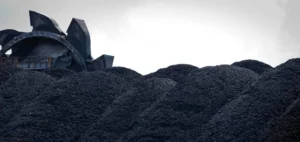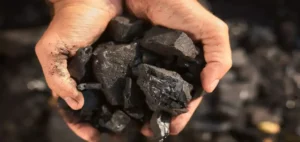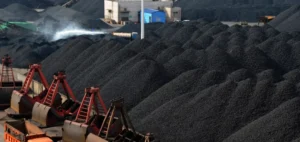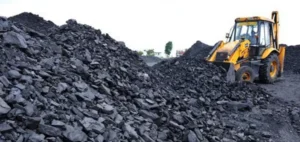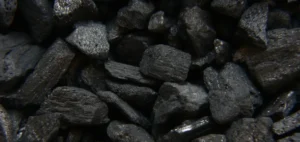US coal exports reached 46.8 million short tons (MMst) in the first half of 2025, marking an 11% decline compared to the same period in 2024. This contraction is primarily the result of falling shipments to China and a global environment characterised by oversupply and weakened demand.
China at the centre of US export decline
US exports to China dropped to 4.4 MMst, accounting for 73% of the total decline. These shipments represented 76% of the fall in metallurgical coal exports and 68% of the decline in thermal coal. The drop followed China’s imposition, in February, of a 15% additional tariff on US coal, followed by a reciprocal 34% tariff in April.
Thermal coal exports stood at 22.5 MMst, a 10% year-on-year decrease, while metallurgical coal shipments dropped 13% to 24.2 MMst. The cumulative effect of these trade restrictions has intensified pressure on the US coal industry across international markets.
Global pressure and stronger domestic demand
Global coal prices remain under pressure due to abundant supply and subdued demand, weakening the competitiveness of US exporters. Domestically, however, coal consumption has risen in the power generation sector, driven by higher electricity demand and rising natural gas prices.
This domestic strength has partially offset the export decline, though not enough to reverse the broader downward trend driven by international oversupply and trade barriers.
Washington allocates $100mn to boost coal infrastructure
On October 31, the US Department of Energy announced a $100mn funding package to refurbish and modernise existing coal-fired plants. The initiative follows a $625mn investment announced one month earlier to expand coal-fired power generation.
The funds will target three key areas: advanced wastewater treatment systems, fuel-switching capabilities between coal and gas, and coal-natural gas co-firing technologies. The stated aim is to improve operational efficiency and extend plant lifespans.
Public investment as a strategic lever
US Energy Secretary Chris Wright said previous administrations had contributed to the shutdown of reliable plants and increased electricity costs. He added that the current policy aims to secure stable and affordable energy supply, particularly in response to growing demand from data centres and energy-intensive industries.
These investments demonstrate Washington’s commitment to using public funds to reinforce domestic power infrastructure and sustain a sector facing long-term global market headwinds.




